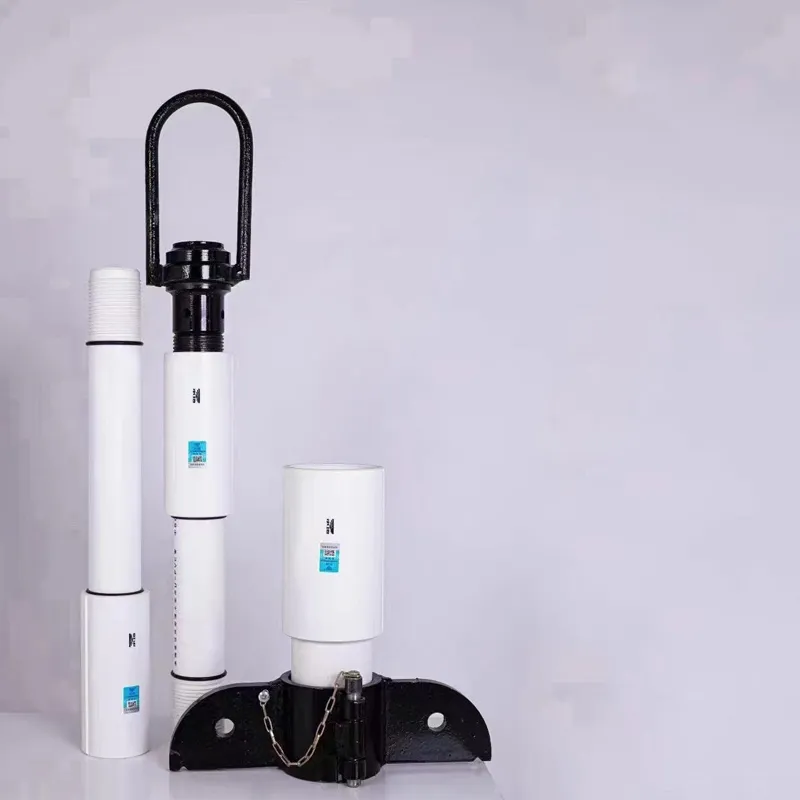Aug . 14, 2024 04:01 Back to list
Exploring the Various Sizes and Applications of HDPE Tubing for Diverse Industrial Needs
Understanding HDPE Tubing Sizes A Comprehensive Guide
High-Density Polyethylene (HDPE) tubing is widely recognized for its durability, chemical resistance, and versatility. It is commonly used in various industries, including agriculture, construction, and plumbing. One of the crucial aspects of working with HDPE tubing is understanding the different sizes available, as selecting the correct size can significantly impact the efficiency and effectiveness of your project. In this article, we will delve into the different sizes of HDPE tubing and their applications, along with factors to consider when choosing the right size for your needs.
What is HDPE Tubing?
HDPE is a thermoplastic made from petroleum, known for its high strength-to-density ratio. It is manufactured through a process that involves the polymerization of ethylene. HDPE tubing is used for numerous applications due to its flexibility, resistance to impact and chemicals, and ability to withstand high pressure. It's also UV resistant, making it a suitable choice for outdoor applications.
Common Sizes of HDPE Tubing
HDPE tubing comes in various sizes, which are typically defined by their diameter and wall thickness. The most common sizes include
1. Inner Diameter (ID) and Outer Diameter (OD) HDPE tubing is often categorized by its inner and outer diameters. For instance, tubing with an ID of 1 inch and an OD of 1.315 inches is popular for irrigation and drainage applications.
2. Nominal Pipe Size (NPS) The NPS is a standardized method to designate pipe sizes. Most HDPE tubing is available in nominal sizes ranging from 1/2 inch to 63 inches. Each size is associated with specific wall thickness and pressure ratings, giving designers flexibility to choose based on their project's requirements.
3. Wall Thickness Ratings HDPE tubing is also categorized by its wall thickness through the Pressure Rating (PR) system, which indicates the maximum operating pressure that the tubing can safely handle. Common wall thickness categories include SDR (Standard Dimension Ratio) 11, 13.5, 17, and 21. The lower the SDR number, the thicker the wall, and thus, the higher the pressure it can withstand.
hdpe tubing sizes product

Factors to Consider When Choosing HDPE Tubing Sizes
When selecting HDPE tubing sizes, there are several factors to consider
1. Application The intended use of the tubing is paramount. For example, agricultural applications may require larger diameters to facilitate water flow, whereas plumbing applications might favor smaller sizes.
2. Flow Rate The tubing size will directly affect the flow rate of fluids. Ensure that the chosen size can adequately accommodate the necessary flow without causing pressure loss.
3. Pressure Requirements Understand the maximum pressure the HDPE tubing will be subjected to. This includes static pressure from fluid height (in the case of vertical applications) and dynamic pressure from fluid movement.
4. Environmental Conditions Consider factors like temperature, sunlight exposure, and potential chemical exposure, which may affect the performance of HDPE tubing over time. Selecting the appropriate size in conjunction with the right material can ensure longevity.
5. Compatibility with Fittings Ensure that the tubing size is compatible with existing fittings and fixtures in your system. This can save time and resources during installation.
Conclusion
In conclusion, understanding the various sizes of HDPE tubing and their specifications is essential for anyone working with this material. By considering the application, flow rate, pressure requirements, environmental conditions, and compatibility with fittings, one can make informed choices that enhance the performance and longevity of HDPE tubing applications. Whether you're a contractor, engineer, or DIY enthusiast, selecting the right HDPE tubing size ensures efficient operation and durability in various projects.
-
140mm PVC Drilling Pipe: Durable & Efficient Well Casings
NewsAug.09,2025
-
Flexible DN50 HDPE Pipes in Coils: Durable & Easy Install
NewsAug.08,2025
-
DN100 PVC Pipes for Well Casings | Durable & Corrosion-Proof
NewsAug.07,2025
-
Durable DN500 HDPE Double Wall Corrugated Drain Pipes
NewsAug.06,2025
-
32mm HDPE Pipes Coil: Durable & Flexible Water Supply
NewsAug.05,2025
-
DN100 PVC Well Casing Pipes | Durable Corrosion-Proof
NewsAug.04,2025

